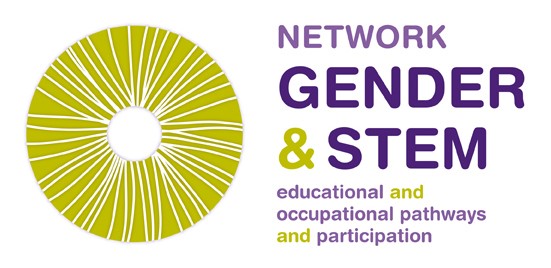STEM Diversity and Inclusion Efforts for Women of Color: A Critique of the New Labor System

Abstract
There are sustained international efforts to increase the number and percentage of people of color who pursue STEM education and careers. These initiatives are widely justified as means to provide human capital for technology companies. Particularly for women of color (African American, Native American, Latinx) in the US, far too many digital inclusion endeavors entrench women of color, sometimes unwittingly, in a labor system that treats them merely as commodities. As a result, women of color either avoid lives in computing or leave them. To display and critique some of the aspects of this phenomenon, we discuss it in comparison to the labor system of sharecropping in the southern US after the Civil War. We challenge those who fund, design, implement, and evaluate efforts at diversity and inclusion to see women of color not as commodities, but as agents with interests in social and economic emancipation and autonomy.&&&
Keywords
computer science, education, STEM education, equity, gender, race, coding, sharecropping
Author Biography
Kimberly A. Scott
Professor, School of Social Transformation&
Director, Center for Gender Equity in Science and Technology
Steve Elliott
Postdoctoral Researcher, Center for Gender Equity in Scienc and Technology